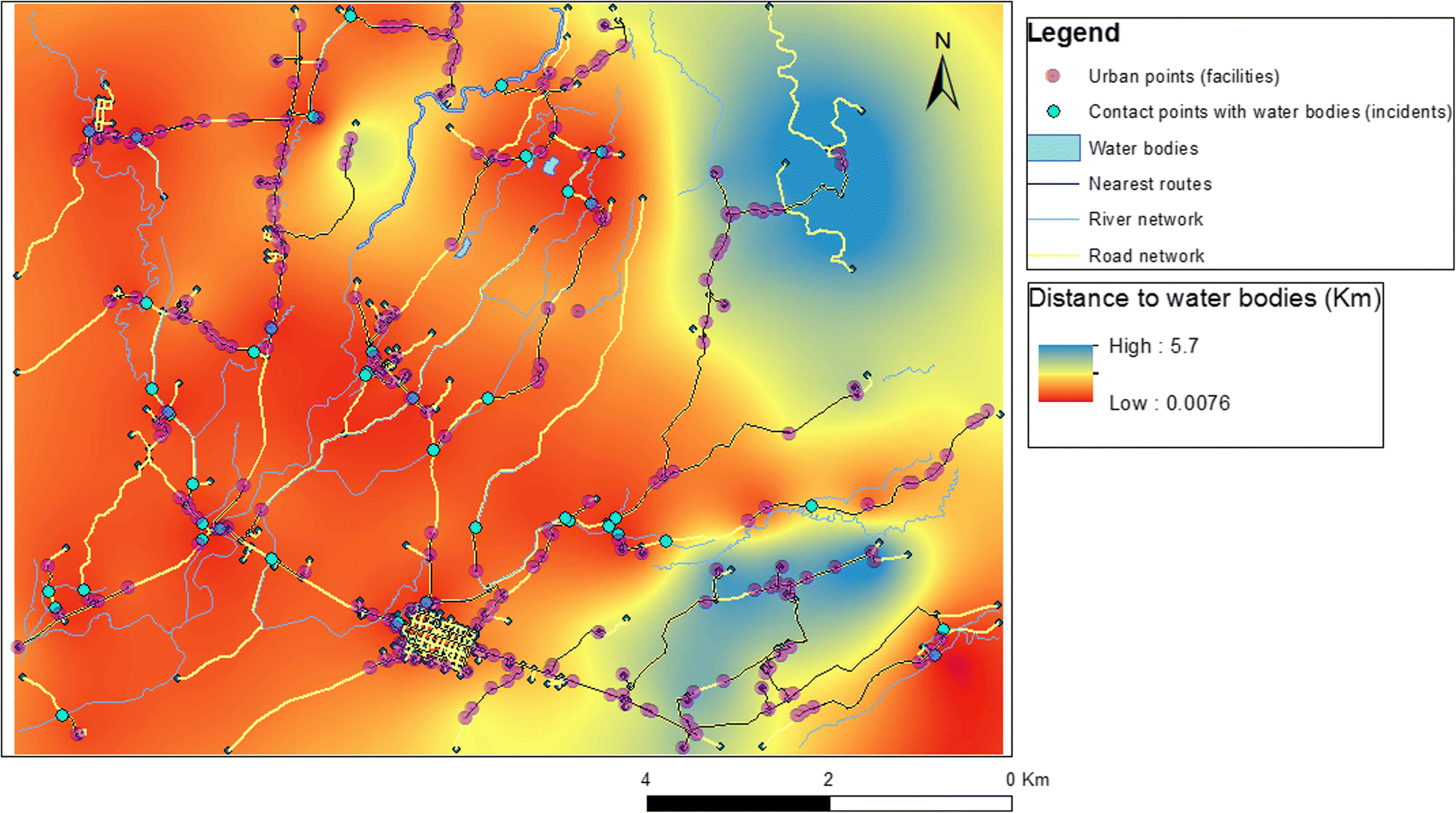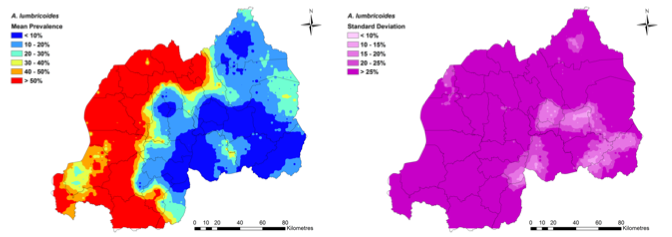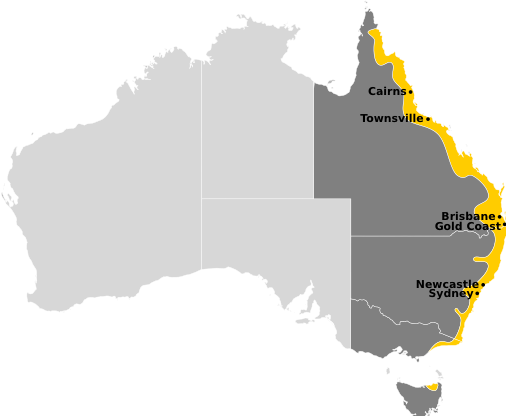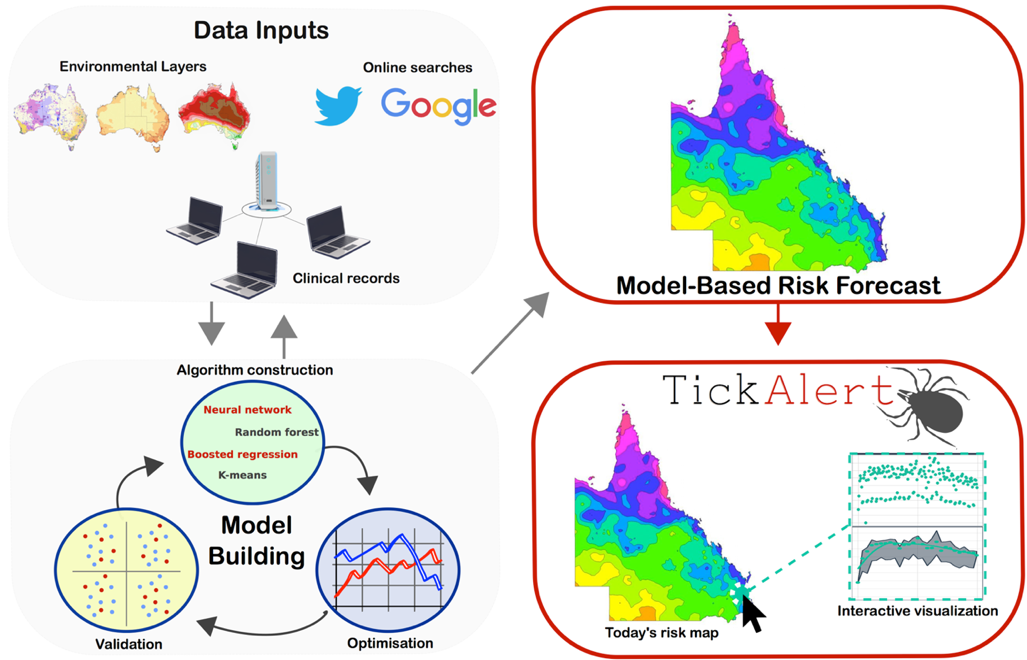Disease Geography
Geographical and environmental patterns of disease

Neglected tropical parasite infections

SpatialEpiLab’s involvement
Team members on the project
Nicholas Clark
Pandji Dhewantara
Adrea Araujo Navas
Philip Mshelbwala
Key collaborators
Schistosomiasis Control Initiative
The END Fund
Colleen Lau (Australian National University)
Archie Clements (Curtin University)
Publications
Clark, NJ, Owada, K, Ruberanziza, E, Ortu, G, Umulisa, I, Bayisenge, UJB, Mbonigaba, JB Mucaca, Lancaster, W, Fenwick, A, Soares Magalhães, RJ and Mbituyumuremyi, A. 2020. Parasite associations predict infection risk: incorporating co-infections in predictive models for neglected tropical diseases. Parasites & Vectors 13:1-16.
Ruberanziza, E, Owada, K, Clark, NJ, Umulisa, I, Ortu, G, Lancaster, W, Munyaneza, T, Mbituyumuremyi, A, Bayisenge, U, Fenwick, A, and Soares Magalhães, RJ. 2019. Mapping soil-transmitted helminth parasite infection in Rwanda: estimating endemicity and identifying at-risk populations. Tropical Medicine and Infectious Disease 4:93.
Dhewantara, PW, Mamun, AA, Zhang, Wy, Yin, WW, Ding, F, Guo, D, Hu, W, and Soares Magalhães, RJ. 2018. Geographical and temporal distribution of the residual clusters of human leptospirosis in China, 2005–2016. Scientific Reports 8:16650.
Dhewantara, PW, Mamun, AA, Zhang, Wy, Yin, WW, Ding, F, Guo, D, Hu, W, Costa, F, Ko, AI, and Soares Magalhães, RJ. 2018. Epidemiological shift and geographical heterogeneity in the burden of leptospirosis in China. Infectious Diseases of Poverty 7:57.Tick paralysis in Australian pets
Ixodes spp. in Australia


SpatialEpiLab’s involvement
1. Develop a forecast model for tick paralysis risk using an automated, unsupervised learning pipeline to quantify spatiotemporal variation in tick paralysis cases.
2. Host real-time paralysis tick risk maps on a secure online server to provide up-to-date information to relevant end users.